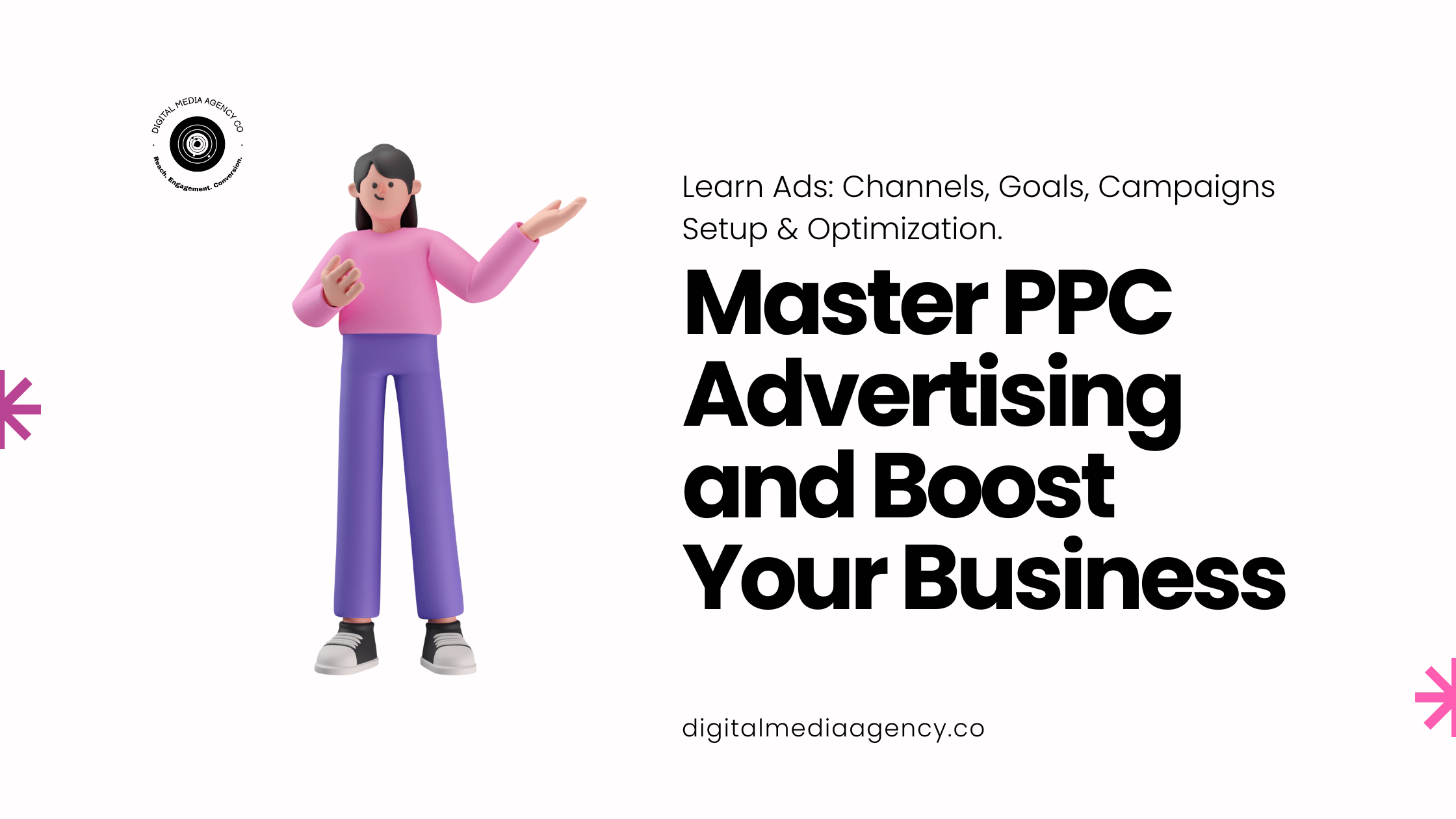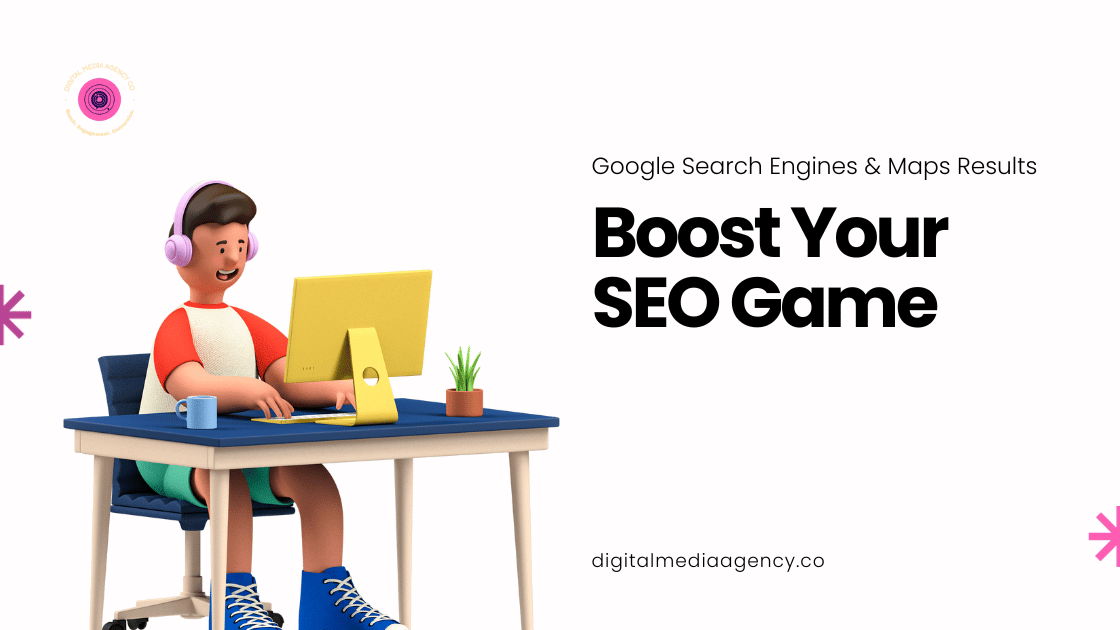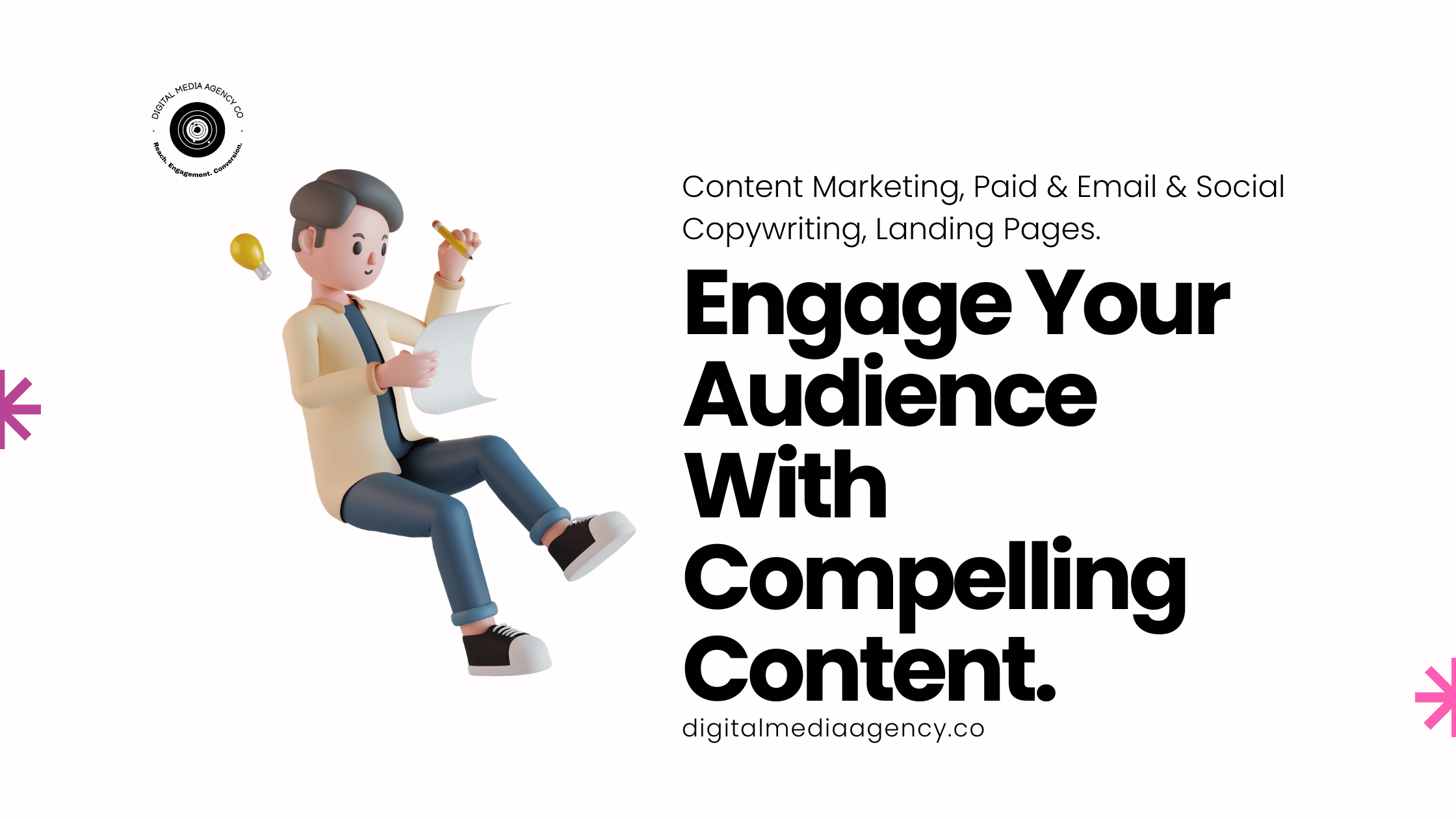In the fast-paced digital landscape of 2024, social media marketing has become an essential strategy for businesses to build their brand online. With the right tactics and paid social media advertising, companies can reach their target audience, drive engagement, and achieve significant growth.
Understanding the Latest Social Media Marketing Tactics
In this section, we will explore the most effective social media marketing tactics for 2024. We will cover strategies such as influencer marketing, user-generated content campaigns, live video streaming, and personalized messaging. By implementing these tactics, you can create meaningful connections with your audience and drive brand awareness.
Influencer Marketing: Leveraging the Power of Key Opinion Leaders
When it comes to influencer marketing, it’s crucial to identify the right influencers for your brand. Look for influencers who have a strong following among your target demographic, high engagement rates (min 10% of their content viewers have interacted with the post) make sure the influencer content resonates with your brand’s image. Once you’ve identified potential influencers, reach out to them it’s recommended to use a moderator such as Upfluence. Upfluence provides a comprehensive influencer marketing platform that helps businesses discover, connect, and collaborate with influencers. Clearly communicate your brands guidelines expectations and goals, and discuss compensation or collaboration terms. It’s also important to establish metrics such as Track key performance indicators such as engagement rates, reach, conversions, and brand sentiment to measure the success of your influencer campaigns. By analyzing the results and comparing them to industry benchmarks, you can assess the effectiveness of your influencer partnerships and make informed decisions for future campaigns.
User-Generated Content Campaigns: Empowering Your Audience
User-generated content campaigns have gained tremendous popularity in recent years. here are few tactics to encourage your audience to create and share content related to your brand, and how to leverage this content to supercharge your social media presence.
A) Encourage your audience to create & share content related to your brand:
- Run contests or challenges that require user-generated content.
- Provide incentives like discounts or giveaways for sharing content.
- Feature user-generated content on your social media platforms.
B) Leverage this content to supercharge your social media presence:
- Repost user-generated content with proper credit and tagging.
- Engage with users by commenting and thanking them for their contributions.
- Use user-generated content as social proof in your marketing campaigns.
Live Video Streaming: Engaging Your Audience in Real-Time
Live video streaming offers several benefits for brand building. It allows businesses to engage with their audience in real-time, fostering a sense of authenticity and transparency. Platforms such as Facebook Live, Instagram Live, YouTube Live, and Twitch provide opportunities to reach a wide audience and interact directly with viewers. To create compelling live video content, consider these tips: plan your content in advance, engage with viewers through comments and Q&A sessions, and leverage interactive features such as polls and giveaways. Success stories like Red Bull’s Stratos Jump and Nike’s Breaking2 demonstrate the power of live streaming in generating engagement and building brand loyalty.
Personalized Messaging: Connecting on a Deeper Level
To establish a deeper connection with your brand audience, consider using personalized messaging. This powerful strategy allows you to create more meaningful interactions and deliver relevant experiences. Chatbots, like Chatfuel and ManyChat, can provide instant and personalized responses to customer inquiries, improving engagement and customer satisfaction. Another effective approach is tailored content recommendations, which use data-driven algorithms to suggest personalized content based on user preferences and behavior. Platforms such as Outbrain and Taboola specialize in content recommendations, enabling you to deliver the right content to the right audience at the right time.
The Power of Paid Social Media Advertising
Paid advertising plays a crucial role in boosting brand visibility and reaching target audiences effectively. By using various social media advertising platforms, businesses can maximize their reach and engagement. Platforms like Facebook Ads, Instagram Ads, Twitter Ads, LinkedIn Ads, and TikTok Ads offer unique features, diverse audience demographics, and a wide range of ad formats. These platforms allow businesses to target specific audiences through advanced options like lookalike audiences, interest targeting, and behavioral targeting. Ad formats like carousel ads, video ads, story ads, and augmented reality (AR) ads provide creative ways to captivate the audience’s attention. To maximize the return on investment (ROI), businesses can use optimization techniques like A/B testing, ad scheduling, ad placement optimization, and conversion tracking. By staying informed about the latest trends and strategies in paid advertising, businesses can make informed decisions to drive remarkable growth and achieve their marketing goals.
Choosing the Right Social Media Advertising Platforms
- Facebook Ads: Facebook remains one of the most popular social media platforms for advertising. With a vast user base, it offers advanced targeting options, including lookalike audiences, interest targeting, and behavioral targeting. Ad formats on Facebook Ads include image ads, video ads, carousel ads, and collection ads. The platform provides comprehensive analytics and optimization tools to maximize return on investment (ROI).
- Instagram Ads: As a visually-oriented platform, Instagram is ideal for businesses with visually appealing products or services. Instagram Ads offer various ad formats, such as photo ads, video ads, carousel ads, and story ads. With a younger audience demographic, Instagram allows businesses to target specific age groups and interests. It also provides engagement features like shopping tags and swipe-up links in stories.
- Twitter Ads: Twitter Ads cater to businesses looking for real-time engagement and conversation. With its trending topics and hashtags, Twitter offers opportunities for businesses to participate in ongoing conversations. Ad formats on Twitter include promoted tweets, promoted trends, and promoted accounts. The platform enables targeting based on keywords, interests, and followers.
- LinkedIn Ads: LinkedIn is the go-to platform for B2B marketing and professional networking. It allows businesses to target specific industries, job titles, and professional interests. Ad formats on LinkedIn include sponsored content, sponsored InMail, and text ads. The platform is known for its lead generation capabilities and provides robust analytics for measuring campaign performance.
- TikTok Ads: TikTok is a rapidly growing platform, especially among younger audiences. It offers unique ad formats like in-feed ads, branded hashtags challenges, and brand takeovers. TikTok Ads allow businesses to target users based on interests, demographics, and location. With its creative and engaging nature, TikTok provides opportunities for businesses to showcase their products or services in a fun and entertaining way.
Targeting Options: Reaching the Right Audience
Advanced targeting options in social media advertising allow businesses to reach their desired audience more effectively.
Lookalike Audiences: Lookalike audiences enable businesses to target users who have similar characteristics and behaviors to their existing customers. By leveraging data from your customer base, social media platforms can identify users who share similar demographics, interests, and behaviors.
Example of a target audience: audience similar to those who have bought a product from you within the last 60 days.
Interest Targeting: Interest targeting allows businesses to target users based on their interests, hobbies, and preferences. Social media platforms analyze user behavior, engagement, and interactions to categorize them into different interest groups. By selecting relevant interests related to your business, you can target users who have shown an affinity for those topics.
Example of an interest audience: users interested in fitness and wellness, specifically yoga and meditation.
Behavioral Targeting: Behavioral targeting focuses on users’ online activities, such as websites visited, content consumed, and purchase behaviors. By analyzing these behaviors, social media platforms can categorize users into specific behavioral segments. This targeting option allows businesses to reach users who have viewed specific content. For example, an online clothing store can target users who have recently searched for fashion trends or made online apparel purchases.
a case study by a skincare brand showed that using lookalike audiences increased their conversion rate by 30% compared to broader targeting. Another benchmark study revealed that interest targeting resulted in a 20% higher click-through rate compared to generic demographic targeting.
Ad Formats: Captivating Your Audience
Social media platforms provide various ad formats to engage your audience, including carousel ads, video ads, story ads, and augmented reality (AR) ads. Carousel ads allow you to showcase multiple images or videos in a single ad, providing a visually compelling and interactive experience. Video ads grab attention with dynamic visuals and storytelling. Story ads offer a full-screen immersive experience, perfect for capturing users’ attention in a mobile-first world. Augmented reality (AR) ads enable users to interact with virtual elements in real-world environments, creating an engaging and interactive ad experience.
Optimization Techniques: Maximizing the ROI of Your Ads
To optimize these ad formats, conducting A/B testing is crucial. Test different variations of each format, such as different images or videos, ad copy, and call-to-action buttons. Analyze the performance metrics, including click-through rates, conversion rates, and engagement levels, to identify the winning format.
Ad scheduling is another technique that involves targeting specific days and times when your target audience is most active on social media. By strategically scheduling your ads, you can increase the likelihood of reaching and engaging with your audience.
Ad placement optimization is also crucial for optimizing your campaigns. Different social media platforms offer various ad placement options, such as in-feed ads, stories ads, or sidebar ads. By testing and analyzing the performance of different ad placements, you can identify the most effective placement for your ads to achieve better results.
Conversion tracking is an essential technique that allows you to track and measure the actions taken by users after seeing or clicking on your ads. By setting up conversion tracking, you can gain insights into the effectiveness of your ads in driving desired actions, such as purchases, sign-ups, or downloads.
Once you have a winning format, scale your efforts by allocating more budget and resources towards that format. Continuously monitor performance, make data-driven adjustments, and explore innovative ways to enhance the user experience for maximum results.
In 2024, harnessing the power of social media marketing is essential for building your brand online. By implementing the latest tactics and leveraging paid social media advertising, you can connect with your audience, drive engagement, and achieve remarkable growth. Remember to continually analyze your data, experiment with different approaches, and stay up to date with industry trends to stay ahead of the competition.



